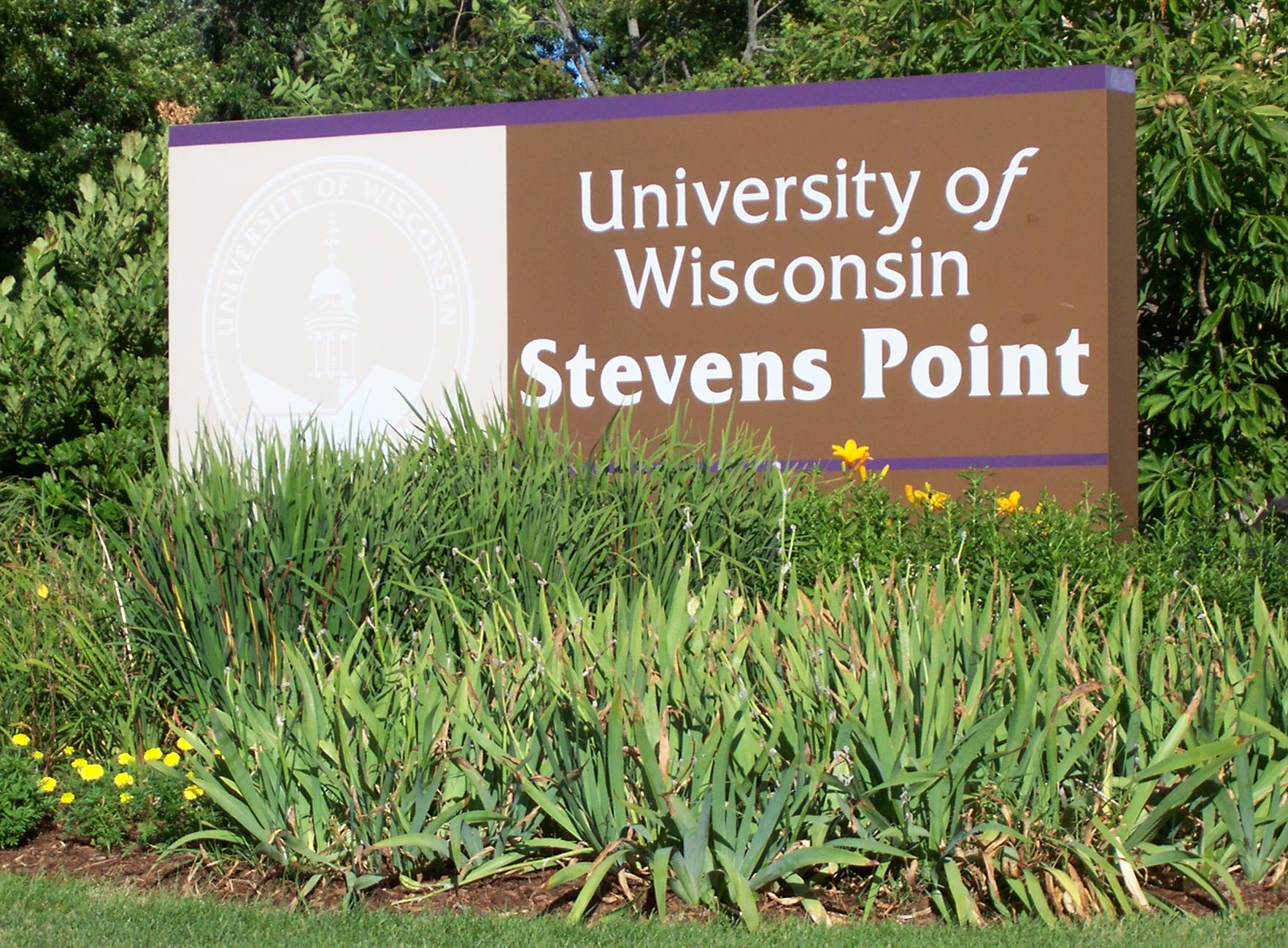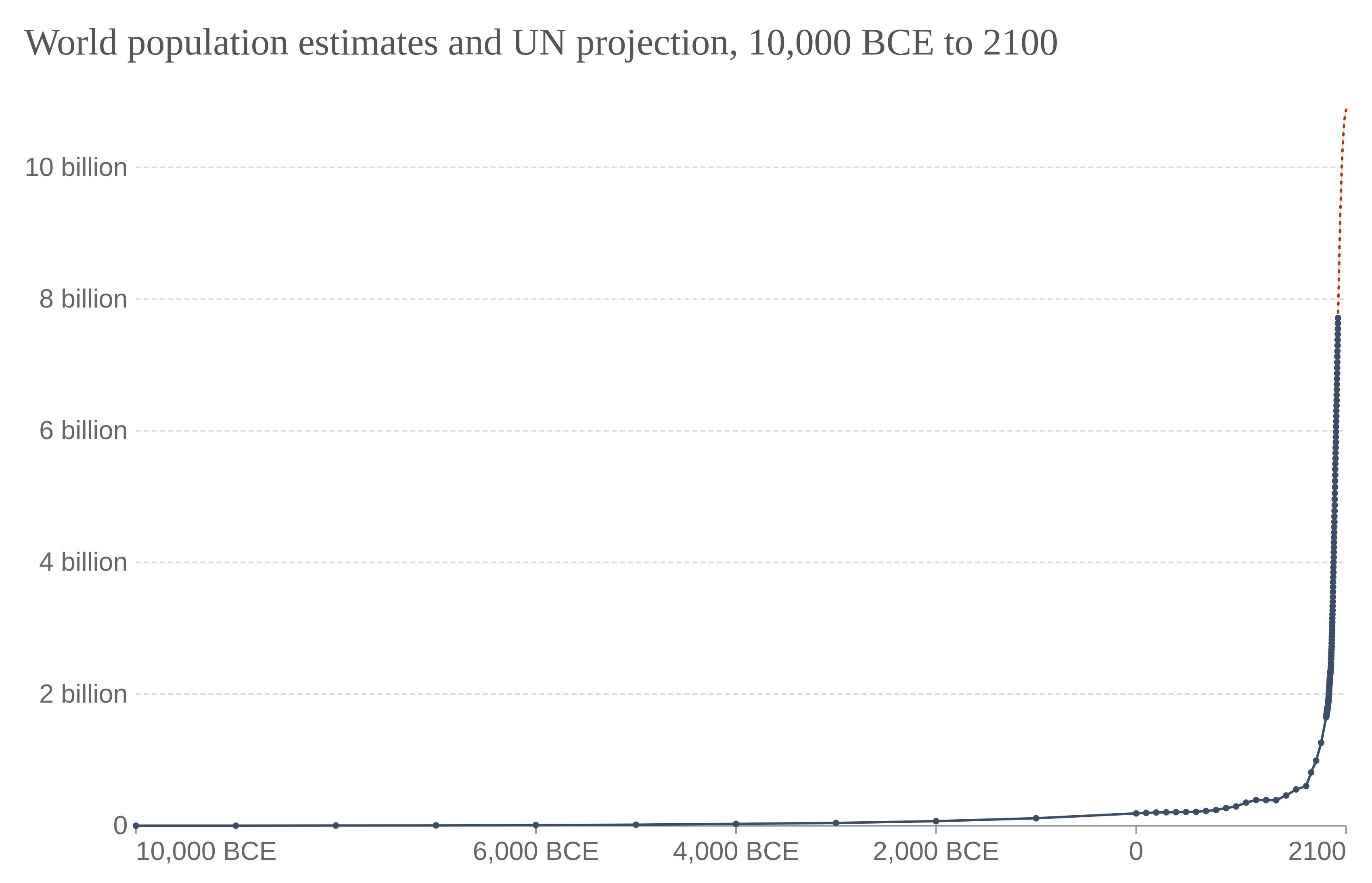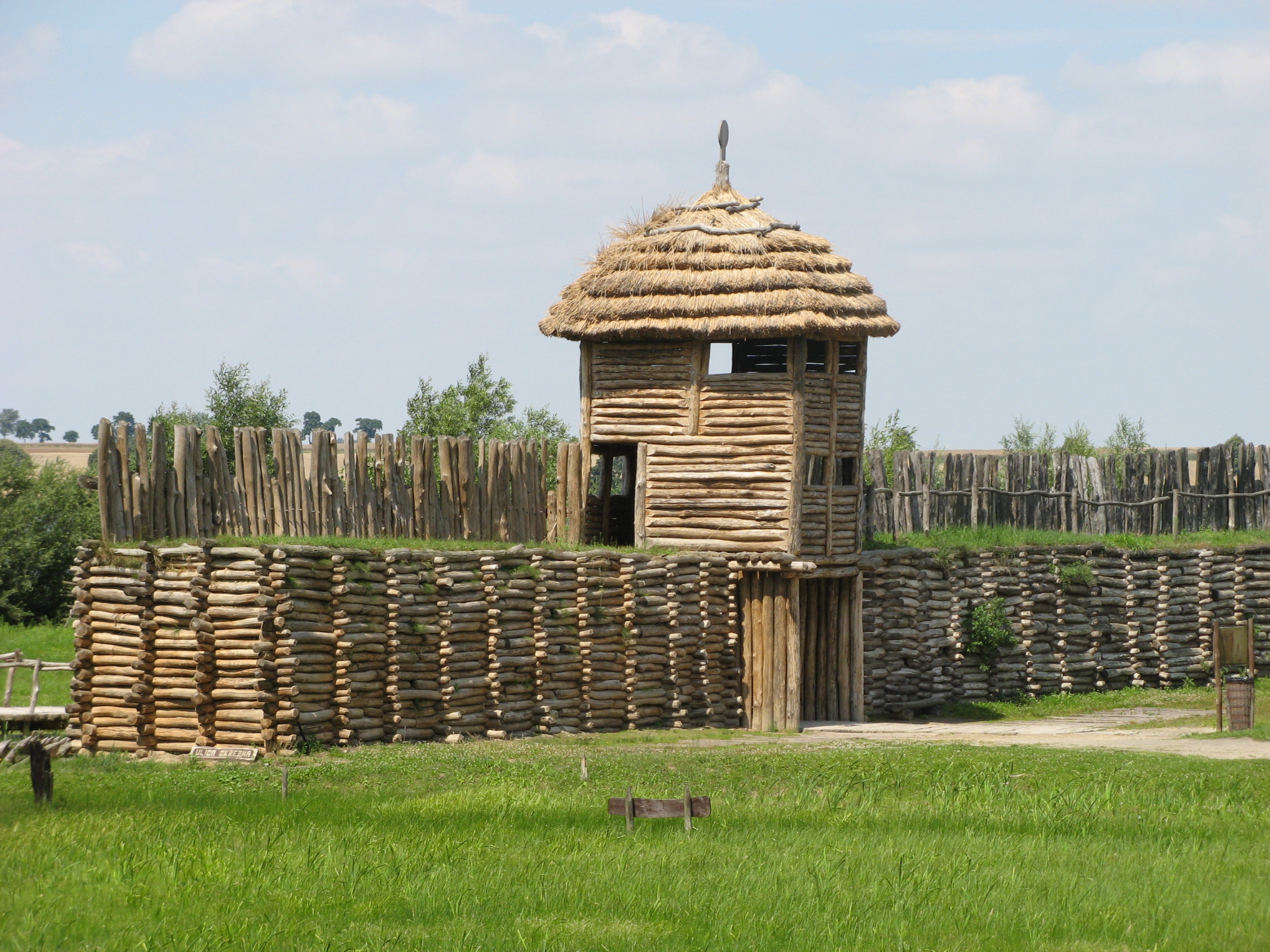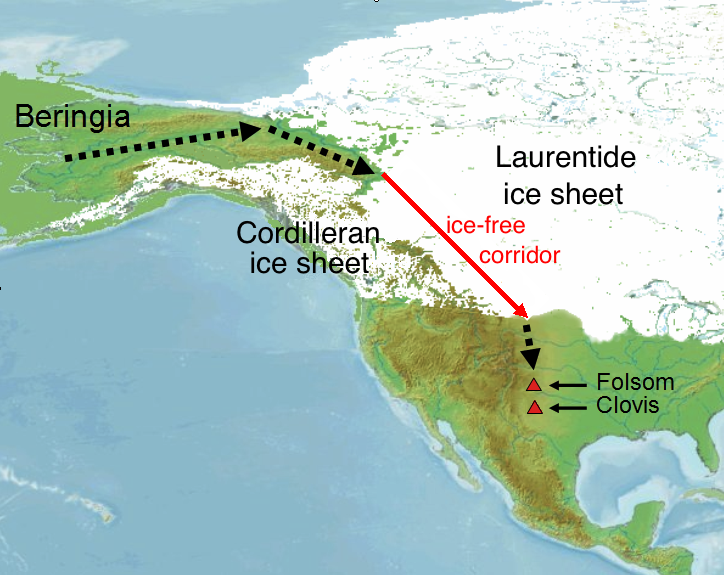|
Gwiazda Polarna
''Gwiazda Polarna'' (Polish for "''Pole Star''") is "America's oldest independent Polish-language newspaper." It has been published since 1908 in Stevens Point, Wisconsin. History ''Gwiazda Polarnas name appears to have arisen from an English-language play on the word "Pole," which refers to a Polish person and also appears in the name of the Pole Star (in Polish, "''gwiazda polarna''"). The newspaper was founded in 1908. Editors and writers ''Gwiazdas current publisher and editor-in-chief is Jacek Hilgier. Previous editors-in-chief have been (in alphabetical order) Adam Bartosz, Edward Dusza, Alfons Hering (1978-1985), Paweł Klimowicz, Franciszek Kmietowicz, Małgorzata Terentiew-Ćwiklińska, Leszek Zieliński. ''Gwiazdas writers and editors have included (in alphabetical order) Józef A. Białasiewicz, Stanisław Brudnicki, Zbigniew Celanowski, Zbigniew Chałko, Cezary Chlebowski, Ludwika Czerska, Jan Fryling, Wiesław Horabik, Waclaw Iwak, Aleksander Janta-Połczynski, T ... [...More Info...] [...Related Items...] OR: [Wikipedia] [Google] [Baidu] |
Stevens Point, Wisconsin
Stevens Point is the county seat of Portage County, Wisconsin, United States. The city was incorporated in 1858. Its 2020 population of 25,666 makes it the largest city in the county. Stevens Point forms the core of the United States Census Bureau's Stevens Point Micropolitan Statistical Area, which had a 2020 population of 70,377 Stevens Point is home to the University of Wisconsin–Stevens Point and a campus of Mid-State Technical College. History Historically part of the Menominee homelands, a three-mile strip along the Wisconsin River was ceded to the United States in an 1836 treaty. In 1854 the Menominee made its last treaty with the U.S., gathering on a reservation on the Wolf River. In the Menominee language it is called ''Pasīpahkīhnen'' which means "It juts out as land" or "point of land". Stevens Point was named after George Stevens, who operated a grocery and supply business on the Wisconsin River during the extensive logging of interior Wisconsin. The river w ... [...More Info...] [...Related Items...] OR: [Wikipedia] [Google] [Baidu] |
American Culture
The culture of the United States of America is primarily of Western culture, Western, and Culture of Europe, European origin, yet its influences includes the cultures of Asian Americans, Asian American, African Americans, African American, Latin Americans, Latin American, and Native Americans in the United States, Native American peoples and their cultures. The United States has its own distinct social and cultural characteristics, such as American English, dialect, Music of the United States, music, Visual art of the United States, arts, society of the United States, social habits, American cuisine, cuisine, and Folklore of the United States, folklore. The United States is Multiculturalism, ethnically diverse as a result of large-scale Ethnic groups in Europe, European immigration throughout its history, its hundreds of Native Americans in the United States, indigenous tribes and cultures, and through African Americans, African-American slavery followed by Emancipation Procl ... [...More Info...] [...Related Items...] OR: [Wikipedia] [Google] [Baidu] |
Polish-language Newspapers Published In The United States
Polish (Polish: ''język polski'', , ''polszczyzna'' or simply ''polski'', ) is a West Slavic language of the Lechitic group written in the Latin script. It is spoken primarily in Poland and serves as the native language of the Poles. In addition to being the official language of Poland, it is also used by the Polish diaspora. There are over 50 million Polish speakers around the world. It ranks as the sixth most-spoken among languages of the European Union. Polish is subdivided into regional dialects and maintains strict T–V distinction pronouns, honorifics, and various forms of formalities when addressing individuals. The traditional 32-letter Polish alphabet has nine additions (''ą'', ''ć'', ''ę'', ''ł'', ''ń'', ''ó'', ''ś'', ''ź'', ''ż'') to the letters of the basic 26-letter Latin alphabet, while removing three (x, q, v). Those three letters are at times included in an extended 35-letter alphabet, although they are not used in native words. The traditional set co ... [...More Info...] [...Related Items...] OR: [Wikipedia] [Google] [Baidu] |
Polish-American Culture In Wisconsin
Polish Americans ( pl, Polonia amerykańska) are Americans who either have total or partial Polish ancestry, or are citizens of the Republic of Poland. There are an estimated 9.15 million self-identified Polish Americans, representing about 2.83% of the U.S. population. Polish Americans are the second-largest Central European ethnic group after German Americans, and the eighth largest ethnic group overall in the United States. The first Polish immigrants came to the Jamestown colony in 1608, twelve years before the Pilgrims arrived in Massachusetts. Two Polish volunteers, Casimir Pulaski and Tadeusz Kościuszko, led armies in the Revolutionary War and are remembered as American heroes. Overall, around 2.2 million Poles and Polish subjects immigrated into the United States, between 1820 and 1914, chiefly after national insurgencies and famine. They included former Polish citizens of Roman Catholic, Protestant, Jewish or other minority descent. Exact immigration figures are u ... [...More Info...] [...Related Items...] OR: [Wikipedia] [Google] [Baidu] |
Stevens Point, WI
Stevens Point is the county seat of Portage County, Wisconsin, United States. The city was incorporated in 1858. Its 2020 population of 25,666 makes it the largest city in the county. Stevens Point forms the core of the United States Census Bureau's Stevens Point Micropolitan Statistical Area, which had a 2020 population of 70,377 Stevens Point is home to the University of Wisconsin–Stevens Point and a campus of Mid-State Technical College. History Historically part of the Menominee homelands, a three-mile strip along the Wisconsin River was ceded to the United States in an 1836 treaty. In 1854 the Menominee made its last treaty with the U.S., gathering on a reservation on the Wolf River. In the Menominee language it is called ''Pasīpahkīhnen'' which means "It juts out as land" or "point of land". Stevens Point was named after George Stevens, who operated a grocery and supply business on the Wisconsin River during the extensive logging of interior Wisconsin. The river wa ... [...More Info...] [...Related Items...] OR: [Wikipedia] [Google] [Baidu] |
Library Of Congress
The Library of Congress (LOC) is the research library that officially serves the United States Congress and is the ''de facto'' national library of the United States. It is the oldest federal cultural institution in the country. The library is housed in three buildings on Capitol Hill in Washington, D.C.; it also maintains a conservation center in Culpeper, Virginia. The library's functions are overseen by the Librarian of Congress, and its buildings are maintained by the Architect of the Capitol. The Library of Congress is one of the largest libraries in the world. Its "collections are universal, not limited by subject, format, or national boundary, and include research materials from all parts of the world and in more than 470 languages." Congress moved to Washington, D.C., in 1800 after holding sessions for eleven years in the temporary national capitals in New York City and Philadelphia. In both cities, members of the U.S. Congress had access to the sizable colle ... [...More Info...] [...Related Items...] OR: [Wikipedia] [Google] [Baidu] |
Human History
Human history, also called world history, is the narrative of humanity's past. It is understood and studied through anthropology, archaeology, genetics, and linguistics. Since the invention of writing, human history has been studied through primary and secondary source documents. Humanity's written history was preceded by its prehistory, beginning with the Paleolithic ("Old Stone Age") era. This was followed by the Neolithic ("New Stone Age") era, which saw the Agricultural Revolution begin in the Middle East around 10,000 Common Era, BCE. During this period, humans began the systematic Agriculture, husbandry of plants and animals. As agriculture advanced, most humans transitioned from a nomadic to a settled lifestyle as farmers in Civilization, permanent settlements. The relative security and increased productivity provided by farming allowed communities to expand into increasingly larger units, fostered by advances in history of transport, transportation. ... [...More Info...] [...Related Items...] OR: [Wikipedia] [Google] [Baidu] |
Polish Culture
The culture of Poland ( pl, Kultura Polski ) is the product of its Geography of Poland, geography and distinct historical evolution, which is closely connected to History of Poland, an intricate thousand-year history. Polish culture forms an important part of western civilization and the western world, with significant contributions to art, music, philosophy, mathematics, science, politics and literature. Its unique character developed as a result of its geography at the confluence of various European regions. It is theorised and speculated that ethnic Poles and the other Lechites (Kashubians and Silesians) are the combination of descendants of West Slavs and people indigenous to the region including Celts, Balts and Germanic tribes which were gradually Polonization, Polonized after Poland's Baptism of Poland, Christianization by the Catholic Church in the 10th century. Over time Polish culture has been profoundly influenced by its interweaving ties with the Germanic languages, Ge ... [...More Info...] [...Related Items...] OR: [Wikipedia] [Google] [Baidu] |
Polish History
The history of Poland spans over a thousand years, from medieval tribes, Christianization and monarchy; through Poland's Golden Age, expansionism and becoming one of the largest European powers; to its collapse and partitions, two world wars, communism, and the restoration of democracy. The roots of Polish history can be traced to ancient times, when the territory of present-day Poland was settled by various tribes including Celts, Scythians, Germanic clans, Sarmatians, Slavs and Balts. However, it was the West Slavic Lechites, the closest ancestors of ethnic Poles, who established permanent settlements in the Polish lands during the Early Middle Ages.. The Lechitic Western Polans, a tribe whose name means "people living in open fields", dominated the region and gave Poland - which lies in the North-Central European Plain - its name. The first ruling dynasty, the Piasts, emerged in the 10th century AD. Duke Mieszko I is considered the ''de facto'' creator of the Pol ... [...More Info...] [...Related Items...] OR: [Wikipedia] [Google] [Baidu] |
American History
The history of the lands that became the United States began with the arrival of Settlement of the Americas, the first people in the Americas around 15,000 BC. Native American cultures in the United States, Numerous indigenous cultures formed, and many saw transformations in the 16th century away from more densely populated lifestyles and towards reorganized polities elsewhere. The European colonization of the Americas began in the late 15th century, however most colonies in what would later become the United States were settled after 1600. By the 1760s, the Thirteen Colonies, thirteen British colonies contained 2.5 million people and were established along the East Coast of the United States, Atlantic Coast east of the Appalachian Mountains. After French and Indian Wars, defeating France, the British government imposed a series of taxes, including the Stamp Act 1765, Stamp Act of 1765, rejecting the colonists' constitutional argument that new taxes needed their approval. ... [...More Info...] [...Related Items...] OR: [Wikipedia] [Google] [Baidu] |
Polish Language
Polish (Polish: ''język polski'', , ''polszczyzna'' or simply ''polski'', ) is a West Slavic language of the Lechitic group written in the Latin script. It is spoken primarily in Poland and serves as the native language of the Poles. In addition to being the official language of Poland, it is also used by the Polish diaspora. There are over 50 million Polish speakers around the world. It ranks as the sixth most-spoken among languages of the European Union. Polish is subdivided into regional dialects and maintains strict T–V distinction pronouns, honorifics, and various forms of formalities when addressing individuals. The traditional 32-letter Polish alphabet has nine additions (''ą'', ''ć'', ''ę'', ''ł'', ''ń'', ''ó'', ''ś'', ''ź'', ''ż'') to the letters of the basic 26-letter Latin alphabet, while removing three (x, q, v). Those three letters are at times included in an extended 35-letter alphabet, although they are not used in native words. The traditiona ... [...More Info...] [...Related Items...] OR: [Wikipedia] [Google] [Baidu] |








